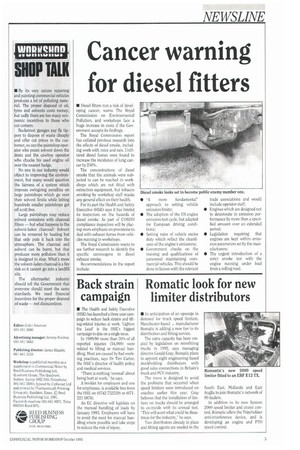SHOP TALK
Page 91

If you've noticed an error in this article please click here to report it so we can fix it.
MI By its very nature repairing and painting commercial vehicles produces a lot of polluting material. The proper disposal of oil, tyres and solvents costs money, but sadly there are too many economic incentives to those who cut corners.
Backstreet garages pay fly tippers to dispose of waste cheaply and offer cut prices to the customer, so can the pairdshop operator who pours solvent down the drain and the cowboy operator• who chucks his used engine oil over the nearest hedge.
No one in our industry would object to improving the environment, but many would question the fairness of a system which imposes swingeing penalties on large paintstmps which go over their solvent limits while letting hundreds smaller paintshops get off scott free.
Large paintshops may reduce solvent emissions with charcoal filters — but what happens to the solvent-laden charcoal? Solvent can be removed hy heating but that only puts it back into the atmosphere. The charcoal and solvent can be burnt, but that produces more pollution than it is designed to stop. What's more the solvent-laden charcoal is a fire risk so it cannot go into a landfill site.
The aftennarket industry should tell the Government that everyone should meet the same standards. We need financial incentives for the proper disposal of waste — not disincentives,
















































































































